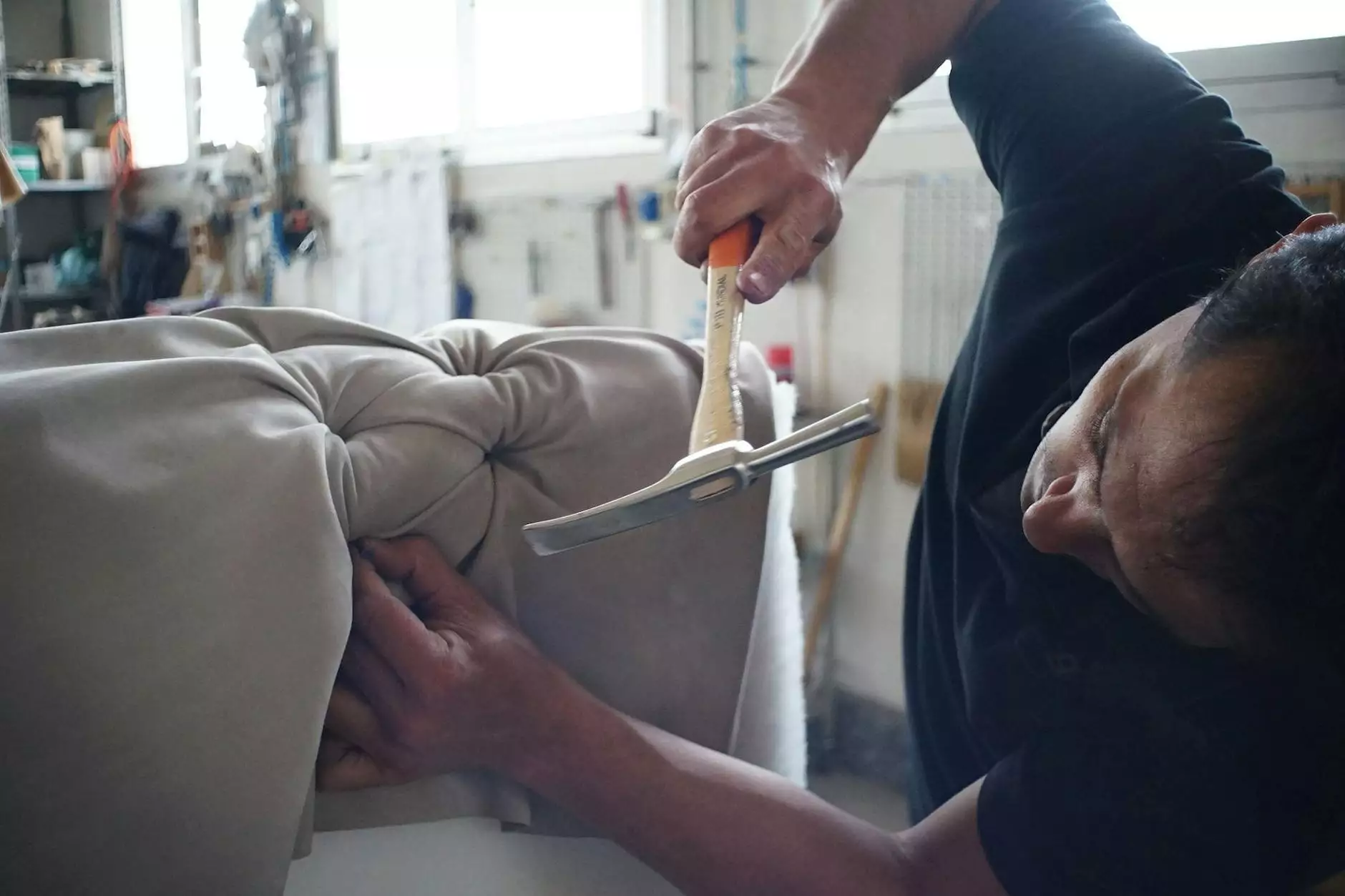Understanding Lower Leg Swelling and Redness

Lower leg swelling and redness can be alarming symptoms that often indicate an underlying health issue. This comprehensive article dives deep into what causes these symptoms, how they are treated, and what preventative measures can be taken to ensure your leg health remains intact.
What Causes Lower Leg Swelling and Redness?
Swelling and redness in the lower legs can arise from a variety of factors. Understanding the root causes is essential for effective treatment. Here are some common causes:
- Injury or Trauma: Injuries resulting from falls or accidents can lead to localized swelling and redness.
- Infections: Skin infections, cellulitis, or other systemic infections often present with inflammation and swelling.
- Venous Insufficiency: Poor blood circulation in veins can cause fluid to accumulate in the lower legs, leading to swelling and redness.
- Blood Clots: Deep vein thrombosis (DVT) can cause significant swelling and discoloration and is a medical emergency.
- Heart Failure: Heart conditions can lead to fluid retention, often causing swelling in the lower extremities.
- Liver Disease: Liver issues can result in edema, including swelling and redness in the legs.
- Kidney Conditions: Impaired kidney function can lead to fluid build-up in the legs.
- Autoimmune Diseases: Conditions like lupus can cause inflammation and swelling in various body parts, including legs.
Recognizing Symptoms Associated with Lower Leg Swelling and Redness
If you experience lower leg swelling and redness, it is crucial to identify accompanying symptoms. This can help your healthcare provider make an informed diagnosis. Common associated symptoms may include:
- Persistent Pain or Discomfort
- Warmth to the Touch
- Fever or Chills
- Skin Changes (such as rash or peeling)
- Faintness or Dizziness
How Are Lower Leg Swelling and Redness Diagnosed?
Diagnosis typically involves a multifaceted approach:
- Medical History Review: The doctor will review your symptoms and any pre-existing conditions.
- Physical Examination: A thorough examination of your leg’s condition will be performed.
- Diagnostic Tests: These may include blood tests, ultrasounds, or imaging studies to determine the underlying cause.
Treatment Options for Lower Leg Swelling and Redness
The treatment for lower leg swelling and redness depends on the root cause. Here are several treatment modalities:
1. Medications
Common medications include:
- Anti-Inflammatory Drugs: These can reduce swelling and redness.
- Antibiotics: If an infection is diagnosed.
- Blood Thinners: Necessary in cases of blood clots.
2. Lifestyle Modifications
Incorporating lifestyle changes can be beneficial for managing symptoms:
- Elevating the Legs: This helps lessen swelling.
- Compression Stockings: These can aid in improving circulation.
- Regular Exercise: Facilitates better blood flow and reduces retention.
3. Physical Therapy
Physical therapy can help improve circulation and strengthen the muscles in the legs.
Preventive Measures for Lower Leg Health
Preventing lower leg swelling and redness can be manageable with the following strategies:
- Stay Hydrated: Adequate water intake reduces fluid retention.
- Avoid Prolonged Sitting or Standing: Change positions regularly to promote circulation.
- Wear Comfortable Footwear: Well-fitting shoes can prevent undue pressure on the legs.
- Eat a Healthy Diet: A balanced diet rich in nutrients supports overall vascular health.
When to Seek Medical Attention
It is essential to consult a healthcare professional if you notice:
- Sudden swelling or redness
- Increased pain or discomfort
- Symptoms that significantly affect daily activities
Conclusion
Understanding and addressing lower leg swelling and redness can significantly enhance your quality of life. With timely diagnosis and appropriate treatment, individuals experiencing these symptoms can manage them effectively. If you are experiencing these symptoms, don't hesitate to reach out to a medical professional or specialists like Truffles Vein Specialists for expert advice and treatment options.









